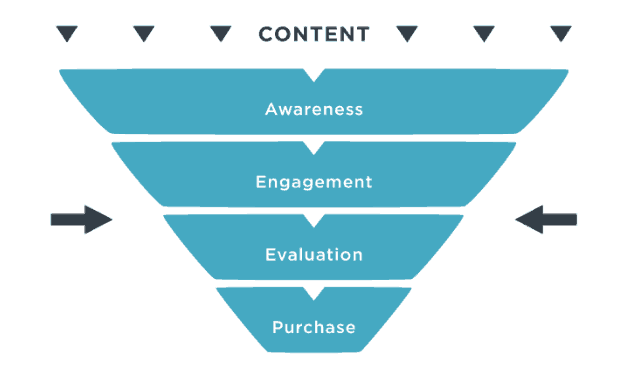ROI
‘Give Them Back Something of Value’: How to Start Your Lead Generation Program
Every week, more than 100,000 people receive The GE Brief. The digest arrives in their inboxes on Tuesdays and Thursdays, offering subscribers in-depth stories about NASA wind turbines, power plants in Iraq, immortal machines, and more.
The fact that 100,000 people voluntarily signed up for a brand newsletter may surprise some. For GE, however, it’s the culmination of a decade-long commitment to content marketing. The company sits at the intersection of some of our most crucial sectors, like technology, energy, and transportation. As a result, the brief brims with journalistic rigor, pulling in stories from GE Reports, the brand’s main content hub, where employees across the globe explain new research and innovations by focusing on ideas instead of products. But the newsletter also contains worthwhile content from around the web that has nothing to do with the brand.
In other words, spam this is not.

“The time your audience spends with your content is really a transaction,” said Tomas Kellner, editor-in-chief of GE Reports. “You have to give them back something of value. If the content becomes too promotional, too self-serving, you will lose your audience very quickly.”
GE has managed to take brand awareness to the next level, turning its distinct point of view into something that every company wants: leads.
Building a database of 100,000 people doesn’t happen by accident. Chances are your company already has a newsletter or some e-books. But like brand awareness, lead generation requires a comprehensive plan. You can’t just slap a form on your website and expect thousands of potential customers to fill it out.
As the stakes increase, the value your content provides needs to rise as well. A great blog post can establish trust, but is it really worth someone’s contact information? Probably not. Inspiring your audience to take action calls for more substantial content.
Taking the lead
In our first playbook for marketers, we covered how brands should develop a content strategy to build awareness and establish thought leadership. We also went over the top of the marketing funnel, typically reserved for blog posts, infographics, and other types of shorter content meant to educate and entertain.
As a prospect moves down the funnel toward the engagement and consideration phases, the same strategic principles still apply. You still want to study your audience to understand their preferences and pain points. You still want to refer to your gap analysis to see what content topics and formats are fresh. And you still want to develop a distribution plan to increase the chances your work gets the attention it deserves.
Now, however, you have to do it on a bigger scale.
A lead is anyone who shows interest in your brand by taking a deliberate action to hear more. This could mean filling out a form, signing up for an email newsletter, or answering a survey. Lead generation is just the practice of influencing those people on a regular basis.

That definition may sound simple, but generating quality leads is complicated. (We’ll explore how to judge the quality of leads later in this playbook.) The experts and practitioners we spoke to for this series pointed to lead generation as the toughest part of their jobs. Brands get excited about flexing their creative muscles with awareness content, and they’re usually comfortable talking about their products and services at the bottom of the funnel. But balancing both of those instincts in the middle is where things get tricky.
“We work really hard to set a standard in terms of quality and voice,” said John Fox, athenahealth executive director of content and communications. “There’s a sense of integrity and credibility. Pivoting from that into more of a sales message requires some art so you don’t lose that. You don’t want to lose them on the next click.”
[Full disclosure: athenahealth is a Contently customer.]
On athenaInsight, the brand’s main publication, creators explore healthcare trends, speak to issues affecting physicians, and unpack the latest medical data. The content carries a helpful tone, breaking down complex topics into blog posts that fall under 1,000 words.
For lead gen content, other members of Fox’s team work on webinars and longer whitepapers that run upwards of 10 or 20 pages. Take this paper on replacing electronic health records (EHR). It’s stacked with data and sidebar panels that incorporate reporting and storytelling. Over 12 pages, there are only a handful of brand mentions woven into the narrative.
At GE, Kellner operates with a similar philosophy. He makes sure every newsletter is “not all about GE.” By focusing on topics instead of sources, GE conveys authority without puffing out its own chest too much. Subscribers can come to learn about robotics or machine learning without feeling the pressure of product placement. According to Kellner, that’s one of the key reasons the GE audience comes back for more.
“The content universe has exploded over the last five, ten years,” he said. “It’s getting bigger and bigger, it’s like the big bang happening in the content space. Individual people, brands, and old media companies are all producing content. But the day is still only twenty-four hours.”
This is an excerpt from The Content Marketer’s Playbook: Lead Generation. Click here to read the entire e-book.
Get better at your job right now.
Read our monthly newsletter to master content marketing. It’s made for marketers, creators, and everyone in between.




